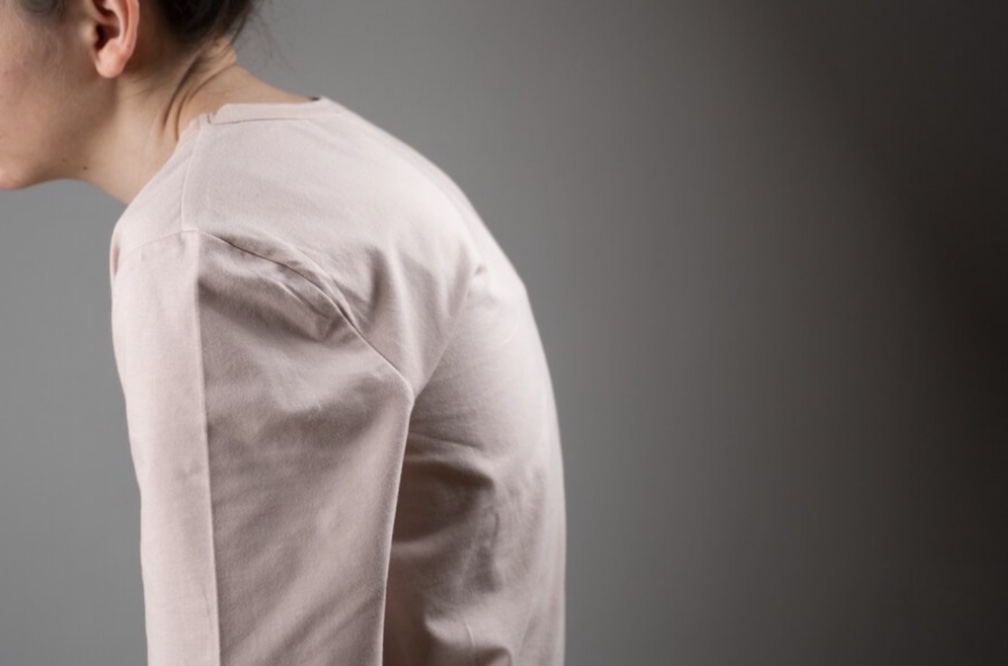Recognize Symptoms of Abnormal Spine Curvature

Kyphosis is a medical condition that is characterized by an abnormal curvature of the spine, resulting in a rounded or hunchback posture. It can affect people of all ages, although it is more common in older adults. There are many potential causes of kyphosis, including poor posture, degenerative diseases, and spinal injuries. The symptoms of kyphosis can vary depending on the severity and underlying cause of the condition. In this article, we will explore the common symptoms associated with kyphosis and how they can affect daily life.
Back Pain and Stiffness
One of the most common symptoms of kyphosis is back pain and stiffness. As the spine becomes more curved, it can cause strain on the muscles and ligaments in the back. This can lead to pain and discomfort, particularly in the upper back and neck area. Stiffness in the back can make it difficult to move or bend, which can have a significant impact on daily activities. In some cases, the pain may be severe enough to require medication or physical therapy to manage.
Visible Curvature of the Spine
Kyphosis can cause a visible curvature of the spine, leading to a hunched or rounded appearance. This curvature can be particularly noticeable in the upper back and neck area. In severe cases, the curvature may be visible even when a person is standing up straight. This can be a source of self-consciousness for some people, particularly teenagers and young adults. In addition to the physical appearance, the curvature can also impact a person's posture, which can lead to additional strain on the back muscles and ligaments.
Breathing Difficulties
In severe cases of kyphosis, the curvature of the spine can compress the lungs and make it difficult to breathe properly. This can result in shortness of breath, chest pain, and fatigue. Breathing difficulties can impact a person's ability to perform physical activities or exercise, which can lead to a decrease in overall fitness and health. In some cases, surgery may be required to correct the curvature and relieve the pressure on the lungs.
Numbness or Tingling in the Legs
In some cases, kyphosis can cause nerve compression in the spine, leading to numbness or tingling sensations in the legs. This can be a sign of a more severe form of kyphosis and should be evaluated by a doctor as soon as possible. Numbness or tingling can make it difficult to walk or stand for extended periods, which can impact a person's mobility and overall quality of life.
Fatigue and Weakness
Kyphosis can lead to fatigue and weakness in the back muscles, particularly in the upper back and neck area. This can make it difficult to perform daily activities, such as carrying groceries or even sitting upright for extended periods. Fatigue and weakness can impact a person's overall energy levels and mood, which can have a significant impact on daily life.
Loss of Height
In severe cases of kyphosis, the curvature of the spine can cause a loss of height. This can be particularly noticeable in older adults, who may already be experiencing age-related height loss. The loss of height can impact a person's self-esteem and make it difficult to perform daily activities that require reaching or bending. In some cases, physical therapy or surgery may be required to correct the curvature and prevent further height loss.
Conclusion
Kyphosis can have a significant impact on a person's daily life, causing pain, discomfort, and mobility issues. It is important to seek medical attention if you are experiencing any of the symptoms associated with kyphosis. Early intervention can help to prevent further damage and improve the overall quality of life.

























